As a dual national of the UK and Australia, I am struck by the extreme weather conditions being experienced on both sides of the planet right now. As I write this update in 2022 I am in Australia where weeks and weeks of torrential rain have lashed the east coast – sometimes upwards of 110mm in two hours. The land is so water-logged that there is nowhere else for the rain to go other than run over the surface causing mudslides. The drains are full and the even when the flood waters recede it feels like a temporary respite before more rains come and threaten to overspill the dam and levee walls again.

At the same time one of my friends in the USA has had to evacuate her home because of approaching fires. There is no doubt that the climate is changing and we are seeing more and more of these extreme weather events.
The last time I wrote about this topic was in late-2019. The UK was beset with floods and Australia was in the grip of the worst bushfires for decades; they were then, ironically, praying for rain. America had still more wild fires.
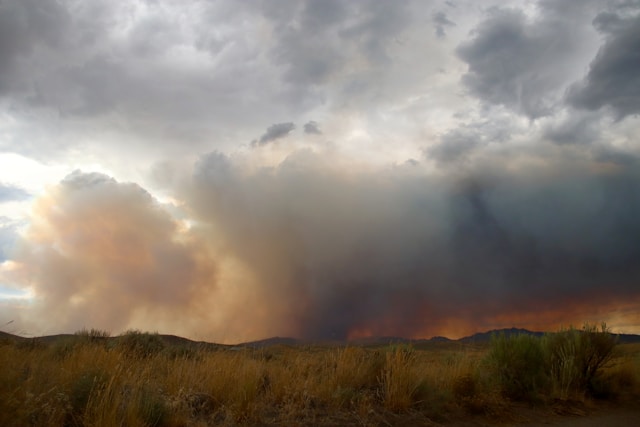
Whether we are dealing with rain, fire, flood or drought, the animals are suffering alongside us. We have seen heartbreaking images of animals doggie-paddling through floodwaters desperately seeking dry land, of koalas burned or suffering from smoke inhalation. Then there are all those creatures who don’t make the news – birds, insects, reptiles, small mammals – as well as the plants and trees; all struggling to survive these extreme conditions.
This is a vital time. There is much we can do as animal communicators to help alleviate the suffering, providing support and reassurance to those animals being affected by these extreme conditions. Whether or not we can physically be with them, telepathic animal communication allows us to help them anyway. Here are some ways in which we can help:
- PREPARE THEM BEFOREHAND:
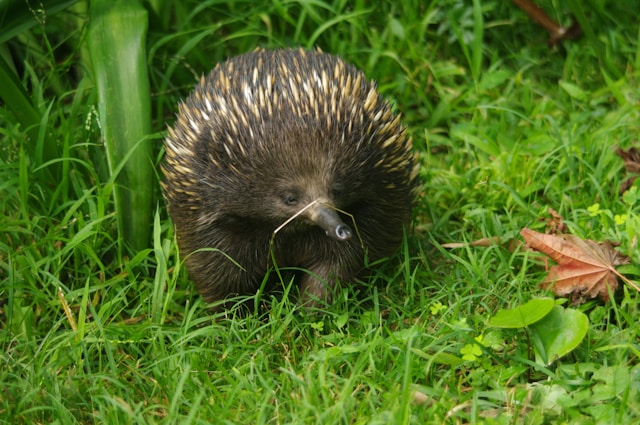
Alert wild animals to an approaching weather event. Let them know which direction to travel in order to escape without running towards another life-threatening situation. Tell burrowing animals (such as badgers, foxes and rabbits; wombats, bandicoots and bilbies) that live in low lying areas that floods are on their way so that they can relocate to an elevated site.
Inform domesticated animals that they need to be relocated due to impending fire or flood, explaining what is happening and where they will be taken. This helps them to prepare and also not to be fearful because now they understand what is happening and why. We can also let them know how long they need to be relocated for. Is this temporary until danger is out of the way, or permanent because their home is gone?
2. HELP THEM AFTERWARDS:
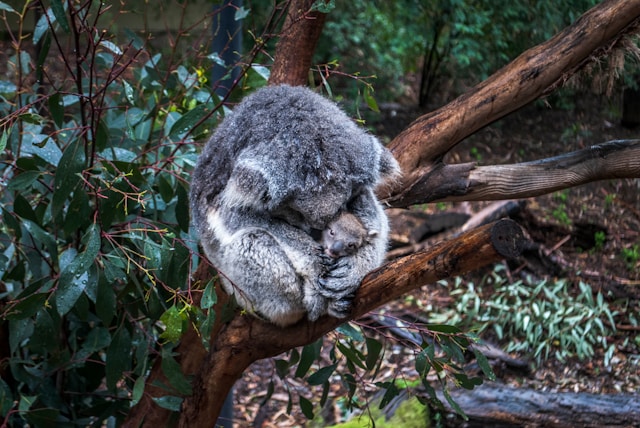
Find out how they are coping. If they have been injured, ask them about the extent of the injury and whether it is causing them pain. Ask them if they know what could help to alleviate the pain or to help them heal.
Let them know what will happen to them now. Explain what the humans are considering, and ask them if they are happy with that. Especially in the case of rehoming animals (wild or domesticated). We can ask them if they would like to go here or there, assuming that there are choices available. If there is no choice, tell them as it helps them to more easily relax into the only option that is available to them.
If they need to be rehomed for a while, tell them how long it will be and reassure them that they will return home after that period of time has elapsed. If plans change while they are in the relocated place, let them know as soon as possible that there has been a change of plan and give them the new information.
Our work here is to help them to understand the changes that will happen, to help them understand the reasons behind those changes, and to keep them updated, so they are able to roll with these changes as they occur. Just like people, the more information they have and the better prepared they are, the more easily they can adjust to the new, unfamiliar situation.
3. SUPPORT THEM DURING REHABILITATION:
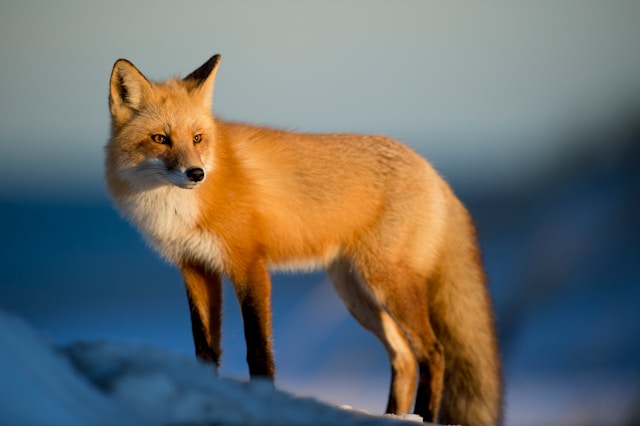
Keep checking in with them to see how they are getting on. Is their injury healing? Is there anything else they need to be comfortable or out of pain?
How are they settling in to their new home? Remember that animals live very much in the present moment. As long as they have been given good information about why they are there and for how long, they will quite quickly adjust to their new situation. However it is good to check in with them from time to time, making sure that all is well and asking if there is anything else they need.
Give them news of their people (if they have had to be separated from them). They will be curious and will want to know that their humans are OK. This is especially important if their humans are unable to visit them regularly or at all.
4. HOSPICE THEM AT THE END OF LIFE:
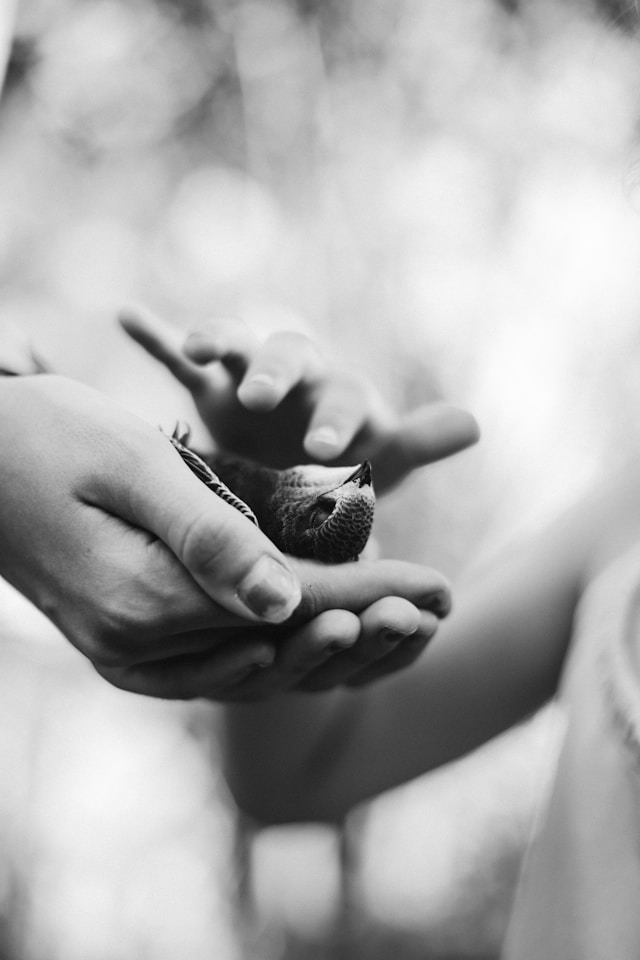
When an animal is facing the end of its physical life, we can provide essential support to them at this time. Whether we are encountering wild animals that have been fatally injured by inhaling smoke or water, or those that have already passed over, we can hospice them on their way back to spirit realm.
Simply bearing witness and sending them feelings of love and appreciation, letting them know that our thoughts are with them and that we care about what happens to them, can make a big difference to the animal’s transition. [This is a witnessing process, also known as Subtle Activism, and there are other ways that Subtle Activism can help which I mention in the fifth point.]
If an animal has been identified by a human (vet or other) that it has reached the end of its ability to survive, there is a decision to be made about how that animal transitions. We can act as a go-between, asking the animal how it would like to transition. Some animals want to go quickly and are happy to be euthanised. Some are very clear about where and when they would like to be euthanised, and others clearly do not want to be euthanised, preferring to let nature take its course.
We can play a key role at these times, enabling the animal’s wishes to be taken into account and relaying those to the humans involved. However, this is also a time to tread carefully and mindfully as not all humans are ready to consider that their animal has wishes which may sometimes conflict with their own. Especially when humans are already dealing with their own trauma and grief around the situation, it can be hard for them to encompass new perspectives. It is important that we are respectful of where each person is at on their own journey of relationship with the animal realm, and that we do not force our own ideas upon them. At these times I find great comfort in Penelope Smith’s Code of Ethics for Interspecies Communicators:
“We go only where we are asked to help, so that others are receptive and we truly can help. We respect the feelings and ideas of others and work for interspecies understanding, not pitting one side against another but walking with compassion for all. We acknowledge the things that we cannot change and continue where our work can be most effective.”
5. SUBTLE ACTIVISM:
The world of Subtle Activism is one that is gaining a stronger foothold, and which can be immensely supportive for the animals as well as for us humans. Especially in those situations where we cannot be physically present and cannot do anything at a practical level, we can feel overwhelmingly powerless. With Subtle Activism at our disposal we are never powerless.
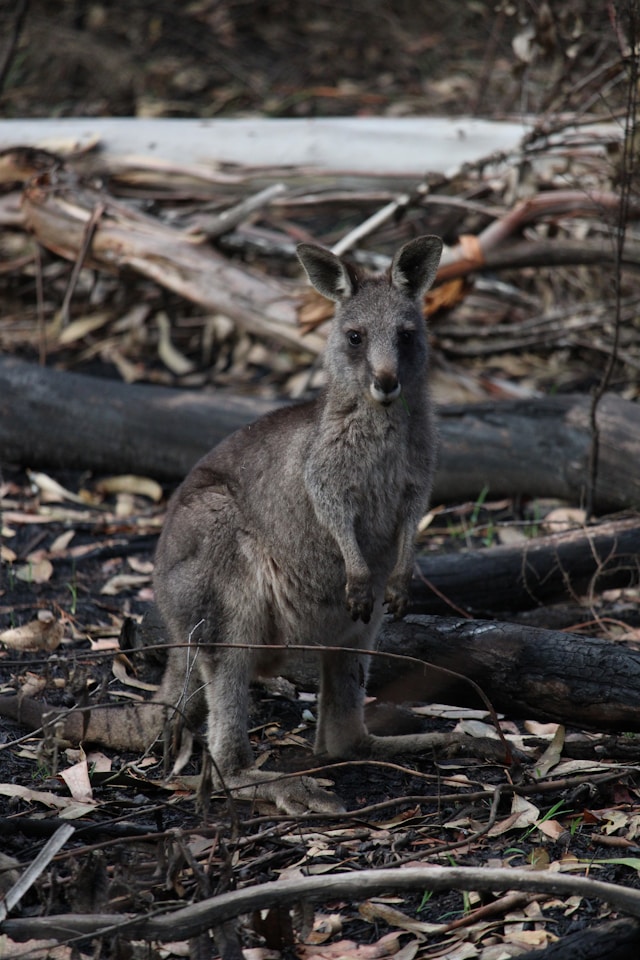
Subtle Activism is simply holding positive thoughts and feelings and sending those to the situation or animal or person who is struggling. It might be in the form of words – “I see you, I care about what is happening to you, I am sending you love, care and support”. It could be in the form of feelings of love and compassion. Or it could be a blend of both.
In the situations I have been describing here, we can send these thoughts and feelings to specific animals (wild or domestic) that we know about, or we can send them (using our intention) to all animals in a particular area. In the latter case, we don’t need to know exactly who is there, we just trust that whoever is there will pick up these energetic vibrations and that they will feel supported and strengthened by them.
I hope that this post has given you some inspiration and ideas for how to bring these precious skills into practical application to support the animals during these challenging times. It is my hope that we can all work together to help alleviate pain and reduce the suffering of animals and humans alike.
All of my workshops include a session looking at how we can work with nature and animals in this way; providing you with tools and empowering you to make a positive difference in these times. The Level Two workshops include a deeper exploration of working with the elements, nature spirits and elemental beings, and you will discover that they are waiting patiently for us to work together for greater harmony and balance in the world. Details of my 2022 workshops can be found on the workshops page.
24 December 2019 (updated 30 March 2022)
Our introductory workshops will include modules on how to communicate with and support animals during natural disasters, such as these. Our follow-on workshops will include how to work with the elements, nature spirits and elemental beings. For more details on these, please check our workshops page.
